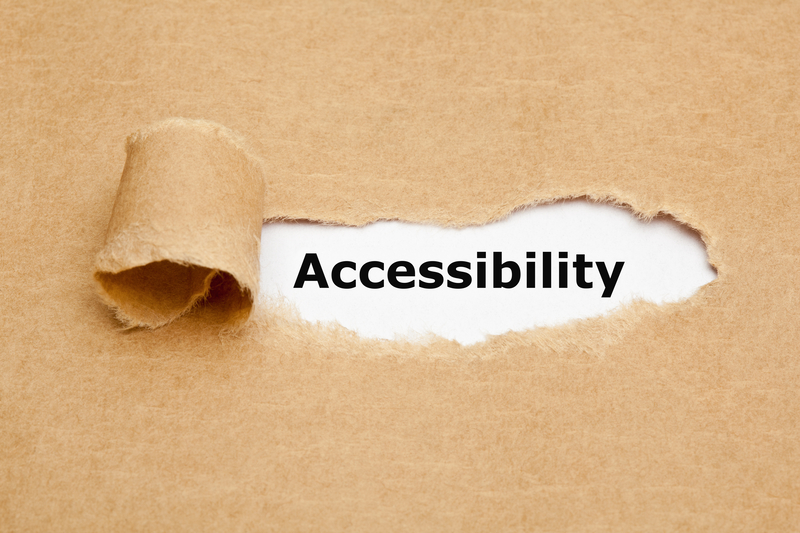Ian Streets from About Access discusses access statements and their benefits to visitors, as well as touching upon their limitations
One of our most popular services is providing clients with access statements, which can be very beneficial in terms of helping people to make an informed choice about visiting your premises and using your services.
But what an access statement can’t do is provide you with a “get out of jail free” card and enable you to avoid your responsibilities for making your building as accessible as possible under the terms of the Equality Act and the various relevant guidance.
It’s unfortunate that on occasions people fall under the misapprehension that an access statement can be used to sidestep the issues around a feature of their premises which creates difficulties for disabled people. It can’t.
Own up to inaccessible flaws
What it can do is give you an opportunity to own up to something which might be considered as making a property inaccessible, and to demonstrate any adjustments you have made. But there is no guarantee such arrangements will be accepted.
Corridors, door widths and accessible loos frequently provide examples of designers and developers literally falling short. If you had a corridor that should be a minimum 1200mm wide but you would rather have it at 900mm you need a good reason.
It’s difficult to envisage how such a scenario could be considered acceptable in a new building, where you are not hindered by the previous layout. You would have more sympathy if the situation arose from the renovation of an older property in which the original corridors were too narrow but, whilst some old buildings will present difficulties, you can’t assume a building has to be inaccessible just because it’s getting on a bit.
It’s also worth noting that renovating older buildings can be seen as an opportunity to make them more accessible, regardless of their age and whatever they are used for.
Accessible facilities and amenities
In a building of any age, provision should be made with facilities and amenities at the design stage for people who have a disability, because it’s very rare for significant changes to be made after the event.
There may be times when guidance in the Approved Document to the Building Regulations can’t be followed. You would still have to make the case for not bringing the premises up to standard, and it is not up to the access consultant to do that, but it can help you if you have demonstrated that you have looked at an access issue in a constructive way and tried to find a solution that is acceptable.
Even if an access statement is provided it is still a matter for the Building Control officers and the Approved Inspectors to decide whether it is acceptable.
It is certainly not good enough to say – as we have heard on occasions – that you haven’t got any disabled people and will change things if you recruit any. You cannot know when or whether the day will come when a person will find the corridor too narrow. It could be later the same day that a visitor arrives who needs the extra space, or it could be well into the future that a member of your team acquires a disability or someone joins who has a disability. Or it might never happen.
Bringing in an access professional
Bringing in an access professional will enable you to identify where and what the issues are and to produce an access statement as a living document, updated as changes are made to the building and serving as a companion to documents relating to, for example, the heating and ventilation system.
The statement should demonstrate how your design meets with the statutory guidance, why any variations might exist and what measures have been taken to make them accessible. It gives you the opportunity to show your awareness and appreciation of features within your property that might present a problem for disabled people, and to set out how you have managed to overcome or minimise the impact.
By doing that you can explain the design principles and argue the case for features that are an alternative to the conventional guidance in the Building Regulations Approved Document or from other recognised sources.
A good access statement, promoting best practice and posted on your website can help people to make an informed choice about visiting your premises. It’s another way of making your business stand out from the competition
However, having an access statement is no guarantee that you will get approval. Making the building properly accessible is.
If you need help improving the accessibility of your organisation or to do more by improving your skills then please get in touch and check out About Accesses website: www.aboutaccess.co.uk.

















